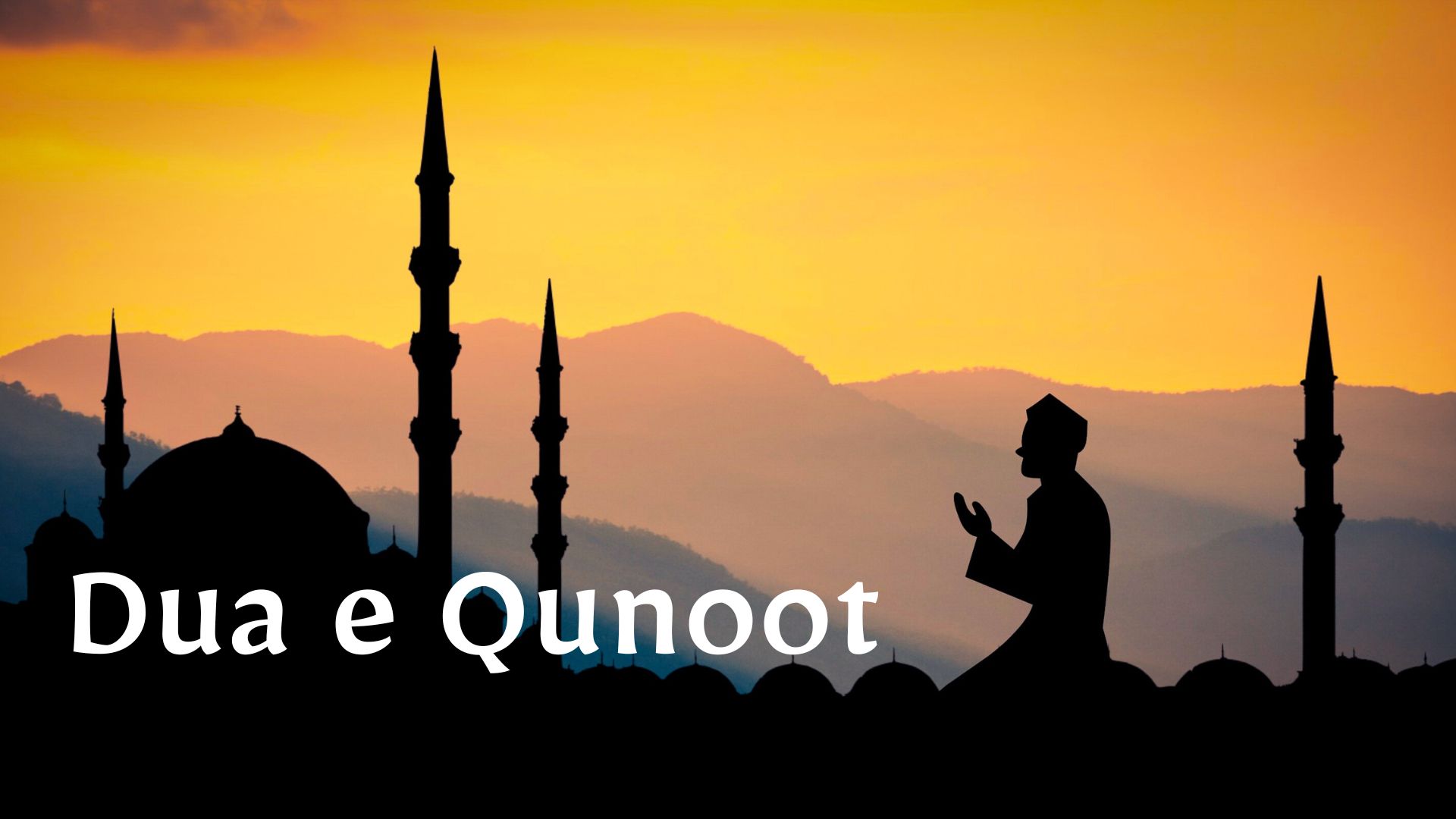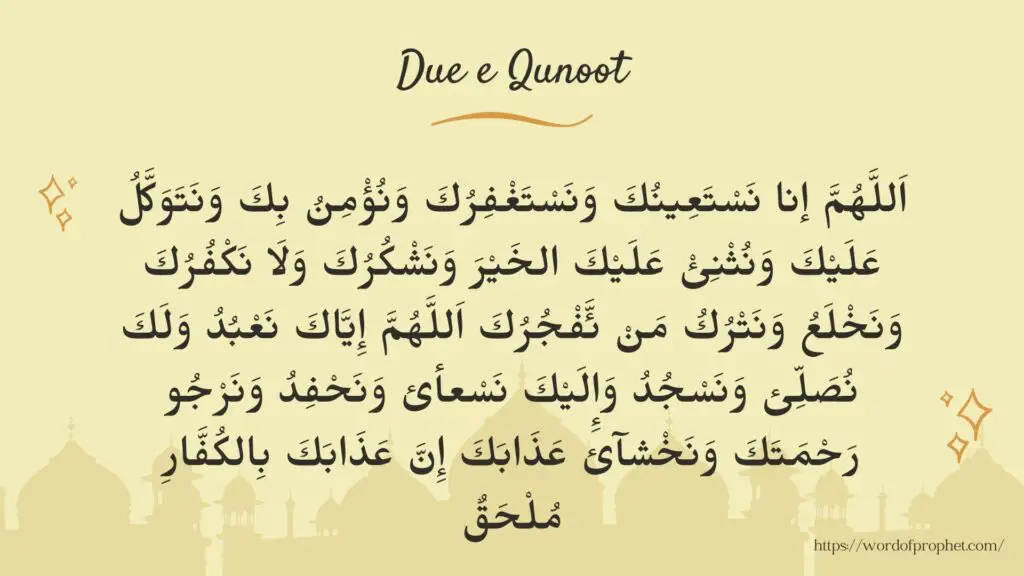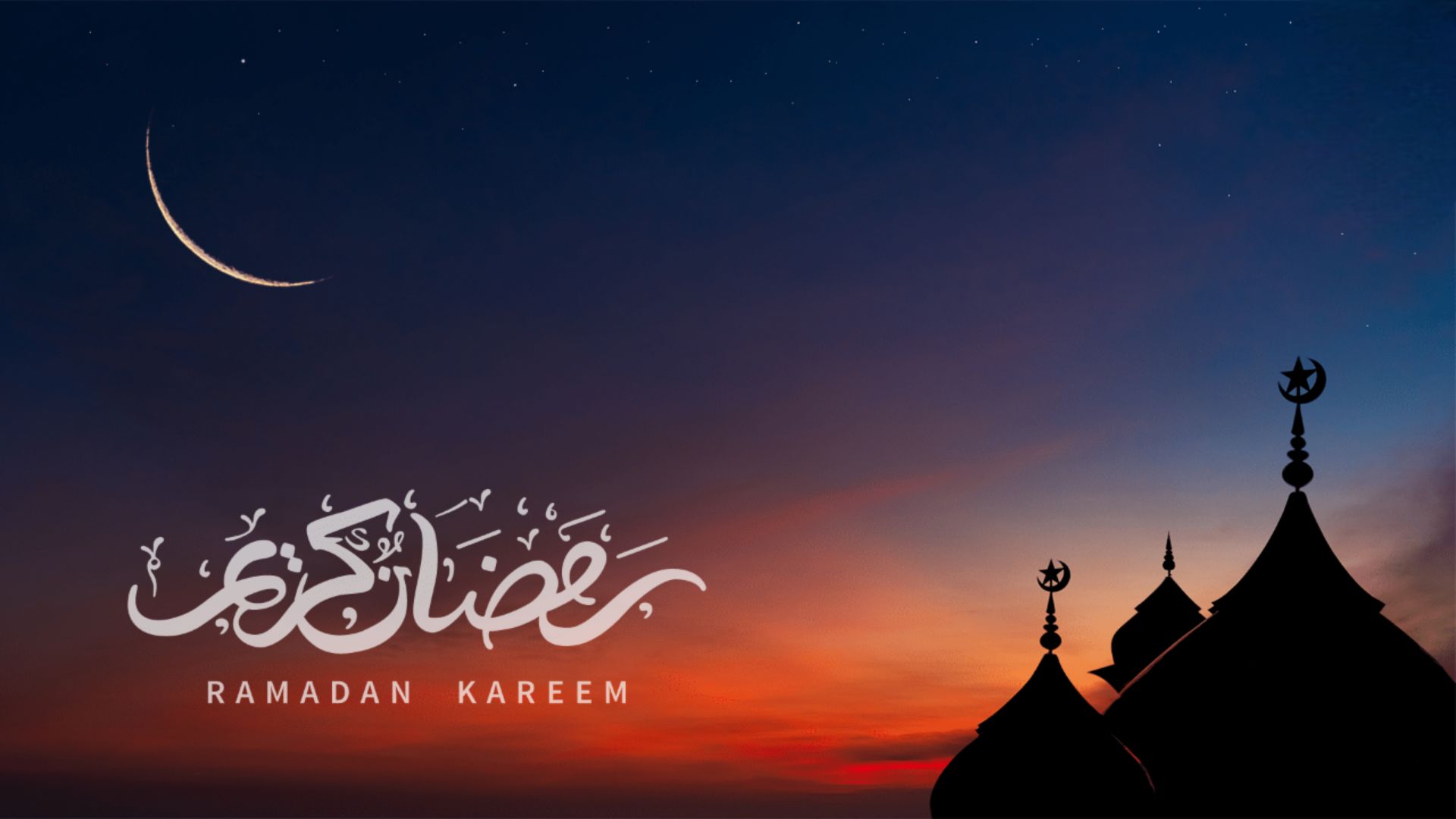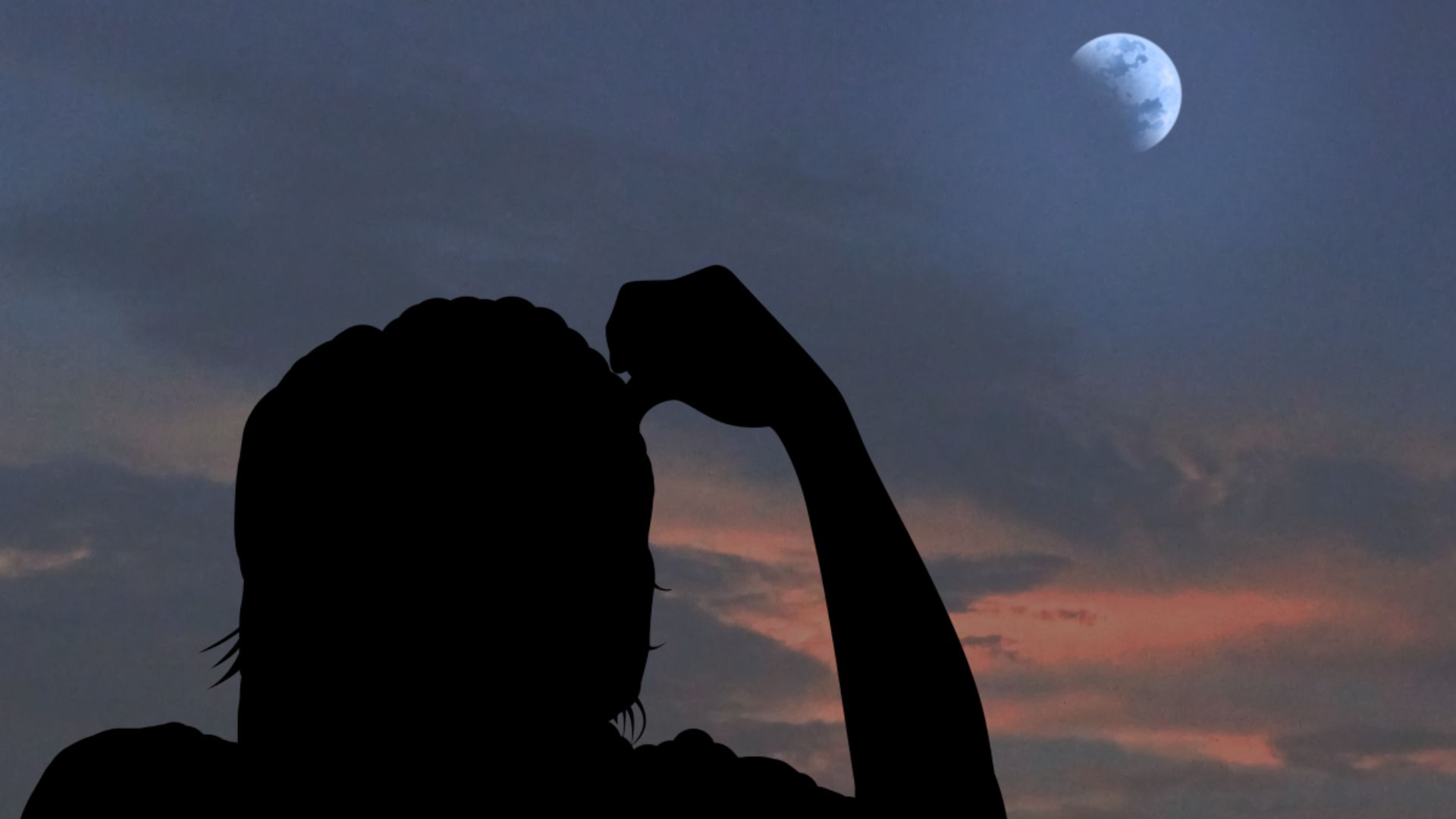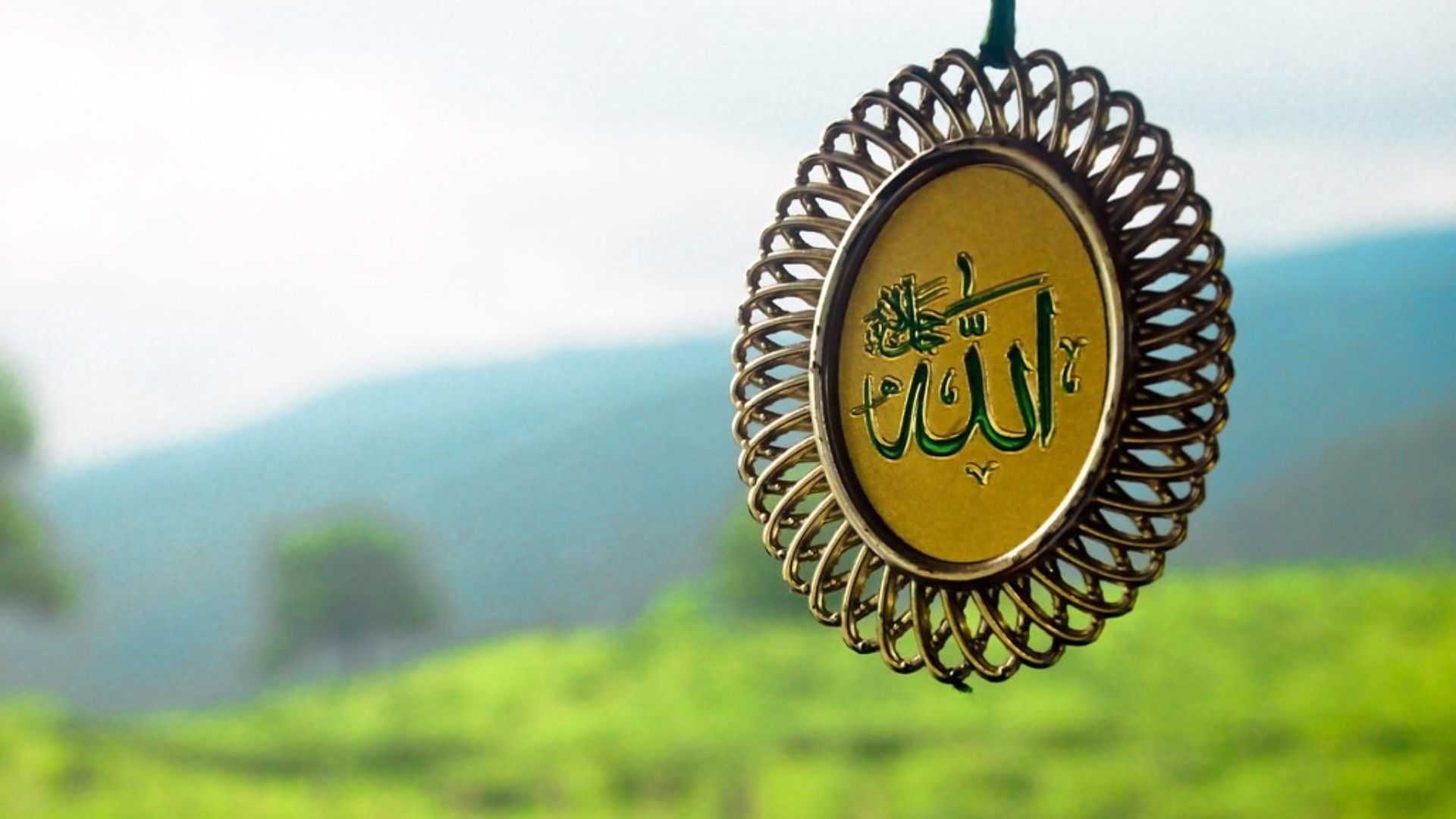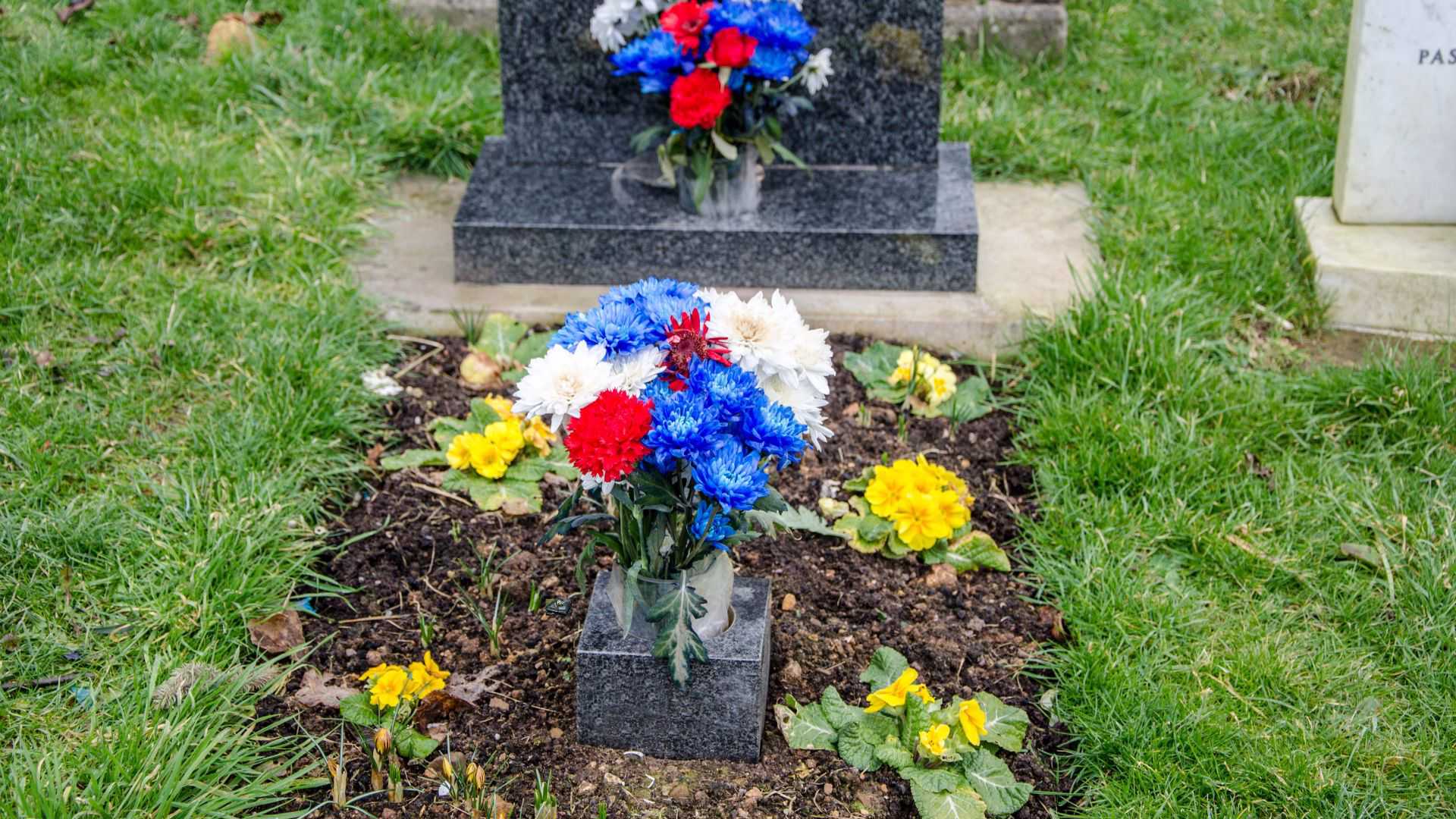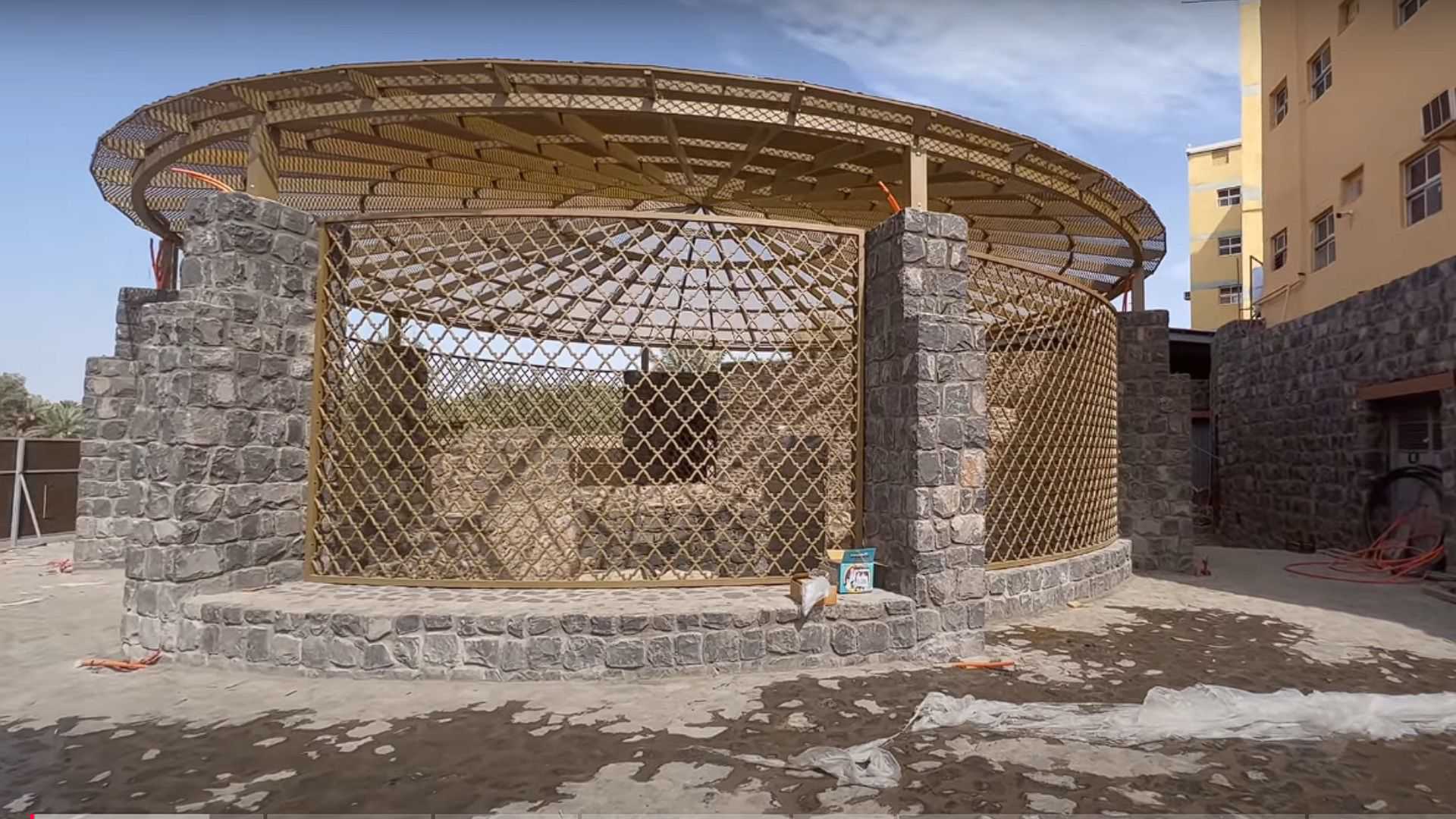A unique supplication known as Dua e Qunoot is made during the final rak’ah of the Witr prayer. The Dua Qunoot’s English transliteration is provided in this article along with a downloadable graphic to make it easier to remember.
The answer to the question of whether Dua e Qunoot is mentioned in the Qur’an is no. It is part of the Prophet Muhammad’s Sunnah (Sallallahu Alaihi Wasallam). Another point of contention is whether the Witr Dua should be said before or following the Ruku. The Hadith sources state that it is acceptable to utter the Dua in either situation (i.e. both before or after the Ruku are OK).
It was narrated by Ubayy bin Ka’b that:
The Messenger of Allah (Sallallahu Alaihi Wasallam) used to pray witr with three rak’ahs. In the first he would recite: “Glorify the Name of Your Lord, the Most High” in the second: “Say: O you disbelievers!”, and in the third: “Say: He is Allah, (the) One”. And he would say the Qunoot before bowing, and when he finished he would say: Subhanal-Malikil-Quddus (Glory be to the Sovereign, the Most Holy) three times, elongating the words the last time. Sunan An Nasa’i, Vol. 2, Book 20, Hadith – 1700
When to recite Dua Qunoot?
The Prophet (ﷺ) was reported in numerous genuine hadith narrations as reciting the Qunut in both fajr, maghrib, and isha. Accordingly, the Dau Qunoot can be performed at any time. [1,2,3]
Now, reciting qunut during the Witr Salah is not compulsory. If you visit any masjid in the world, you might witness the imams performing heartfelt duas, which may comprise a variety of hadith and quranic duas.
But based on the hadith, it is the Sunnah or mustahabb (recommended) to recite the Qunoot at Witr.
English Translation and Transliteration
Translation of Dua Qunoot might help you better appreciate it. Read Transliteration to memorize it quickly.
Allah humma inna nasta-eenoka wa nastaghfiruka wa nu’minu bika wa natawakkalu alaika wa nusni alaikal khair, wa nashkuruka wala nakfuruka wa nakhla-oo wa natruku mai yafjuruka, Allah humma iyyaka na’budu wa laka nusalli wa nasjud wa ilaika nas aaa wa nahfizu wa narju rahma taka wa nakhshaa azaabaka inna azaabaka bil kuffari mulhik
Translation: “O Allah! We implore You for help and beg forgiveness of You and believe in You and rely on You and extol You and we are thankful to You and are not ungrateful to You and we alienate and forsake those who disobey You. O Allah! You alone do we worship and for You do we pray and prostrate and we betake to please You and present ourselves for the service in Your cause and we hope for Your mercy and fear Your chastisement. Undoubtedly, Your torment is going to overtake infidels O Allah!”
Recite Dua e Qunoot after or before ruku?
The majority of experts agree that the Qunoot should follow the Ruku or the bowing (i.e. after saying sami allahu liman hamidah rabbana lakal hamd). Then you would repeat the dua qunoot while raising your hands in prayer. The imam would conclude by saying takbeer and “allahu akbar” before entering sujud. Additionally appropriate is performing the qunoot dua before entering the ruku.
Is Dua Qunoot mentioned in Quran?
The dua e-qunoot is the Prophet’s (ﷺ ) Sunnah; it is not mentioned in the Qur’an.
Is Dua e Qunoot compulsory in Witr Prayer?
According to most of the Scholars, Due e Qunoot is not Compulsory (Fardh) in Witr Prayer. You might find Imam’s reciting other duas than Dua Qunoot, whichever comes from the Heart. Any Dua will work, but reciting Dua e Qunoot is considered Sunnah.
When to recite Dua Qunoot in Witr
Dua Qunut is recited in the final rak’ah of the Witr prayer after bowing, but it is also acceptable to recite it before bowing. It is better to say it after bowing, though.
How to perform Witr prayer Dua Qunut
Because this dua is not a dua of supplication, in which a person must raise his hands high, the worshipper should only raise his hands to chest height. Instead, it’s a dua of optimism in which the prayer extends his palms to heaven. The scholar’s instructions appear to suggest that the worshipper should clasp his hands together tightly to resemble a beggar who is pleading for assistance.
Read more Helpful Duas here or follow on social media for daily Islamic reminders.


